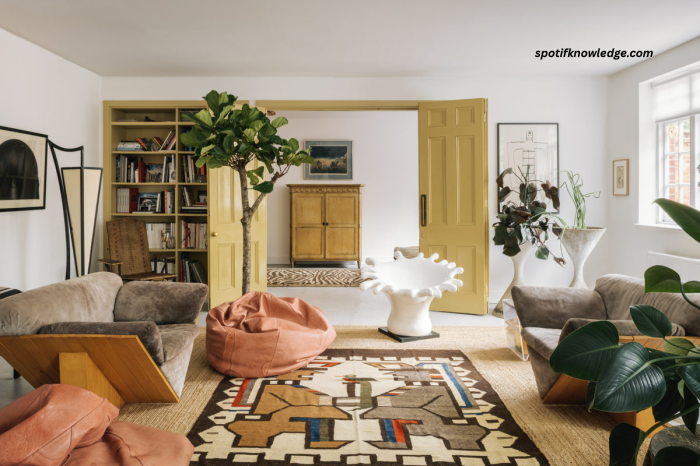Shopping flea markets is a little like treasure hunting—equal parts hope, luck, and “Wait, is this actually worth something?” If you’ve ever wandered those aisles and spotted some cool old dresser or a table with curves that just felt different, there’s a solid chance you’ve crossed paths with Art Deco. This style is snazzy, bold, and honestly, a whole lot more common at the flea market than you might think—if you know what to look for.
What Art Deco Actually Looks Like (No Guessing Needed)
Let’s get one thing clear—Art Deco screams “look at me.” It’s got all the drama: bright geometric patterns, shiny surfaces, and curves that somehow feel fancy and modern all at once. If you see a piece that feels like it wouldn’t be out of place in a glam old movie or a sleek city hotel, you might have a winner.
So, what are you watching for? Think zigzags, chevrons, sunbursts, and streamlined shapes. Hardware might have cool, stylized details, or there may be oversized handles that almost look like jewelry.
Materials That Give It Away
Art Deco furniture is rarely plain. It loves a good mix of wood, glass, and metal. Picture glossy veneers (think walnut, mahogany, or even exotic woods if you get really lucky), mirrors, and details in chrome or brass. Art Deco also didn’t shy away from mixing things up—bakelite, marble, and lacquered finishes will pop up too. You might spot art deco coffee tables with checkerboard inlays, mirrored panels, or legs shaped in bold, sweeping curves. If a table looks like it could double as a piece of sculpture, you’re probably onto something.
A quick tip: run your hand along the surface. Art Deco pieces tend to have a slick, almost polished feel—nothing rough or rustic here. Sometimes, the shine comes from years of loving care…and sometimes, well, it’s just the style.
Look for Those Unique Details
This is where the hunt really gets fun. Besides the major drama of the style, smaller details give away a true Art Deco gem. Keep your eyes peeled for stepped, fan, or shell motifs—these are basically the calling cards of the 1920s and ‘30s. Even hardware like drawer pulls will be chunky, sometimes with vivid enamel or geometric accents.
And if the piece oozes a sort of jazz-age confidence, it’s worth a closer peek. The Spruce offers a handy breakdown of those distinct design cues if you want a shortlist before you hit the stalls.
Don’t Forget the Story
Dealers at flea markets love to share a good backstory, and Art Deco is one of those styles that often comes with a tale or two. Don’t be shy about asking. Is it a reproduction? Is there a stamp or label underneath? Sometimes, the story is almost as good as the piece itself—and hey, having a bit of history in your living room isn’t the worst, right?
If you want to brush up on the history (and impress your friends with how much you suddenly know), Architectural Digest has a super readable guide that dives into origins, value, and famous designers.
Practice Makes Perfect
You won’t spot the gold every single time, but part of the adventure is getting your eye trained. Snap photos of pieces you love, check for little repairs, and trust your gut—does this feel unique? Bonus points if the seller actually knows the era!
So next time you’re at a flea market and pass a piece with bold lines, glossy wood, and hardware worthy of a jazz club, pause. You might just be staring at a slice of vintage glamour in the wild. The joy is in the hunt—happy treasure seeking! Read More

